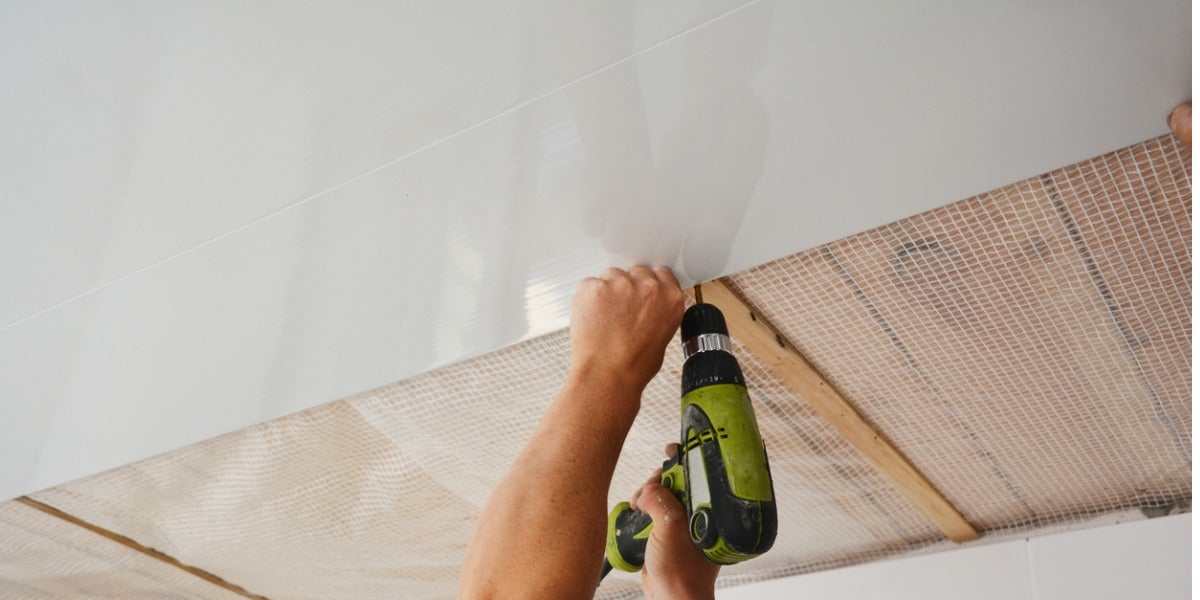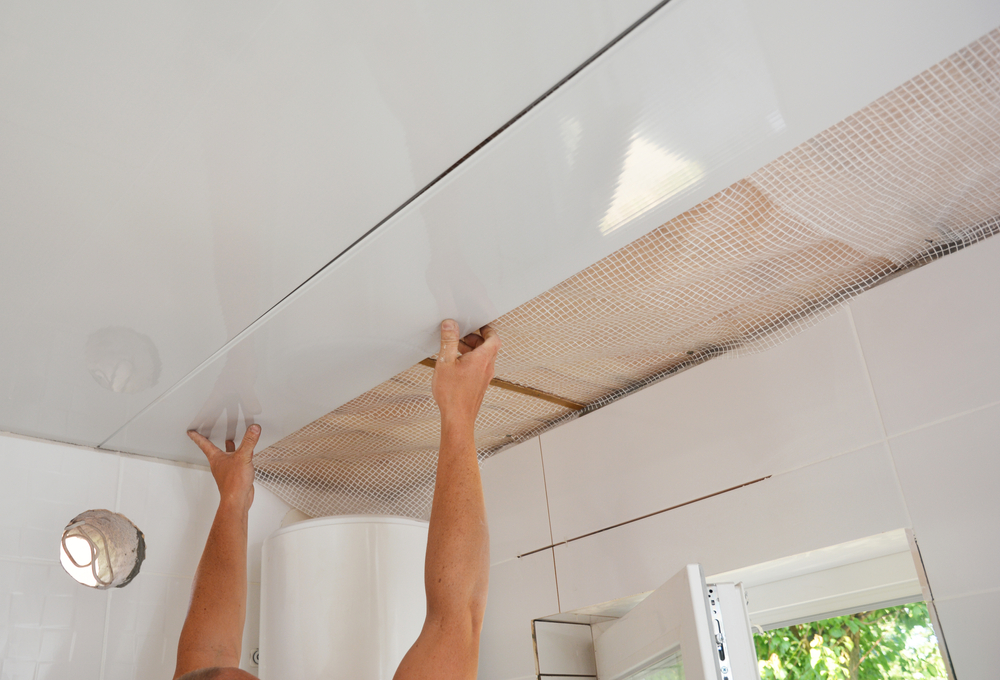PVC ceiling panels are applicable in many aspects of residential and commercial building constructions. All of these can be attributed to their practicality, pocket-friendliness, and versatility.From effortless maintenance to style variation, they give stiff competition to traditional materials such as wood, metal, or plaster. But, like any other material, even PVC ceiling panels have their own set of drawbacks. The following is a detailed discussion on the different pros and cons associated with using PVC ceiling panels.
Pros
Durability
This can be termed one of the biggest advantages PVC panels have over their traditional counterparts. While gypsum or wood, for example, does absorb moisture, PVC doesn’t, so it is excellent in places with high humidity, such as bathrooms, kitchens, and basements. Right as a result of this, resistance is provided against mold and mildew growth.
Corrosion-Resistant
PVC panels do not corrode, even with the presence of moisture or if it is in contact with chemicals. It has the property to provide a long life, more particularly in those surroundings where most of the materials usually deteriorate.
Termite Resistant
As PVC is not organic, it doesn’t have the ordinary problem faced by wood-based materials with termite infestations.
Its Maintenance
Easy to Clean
One warrants that a PVC panel bears a smooth surface, which in turn makes cleaning easy. They generally remain well-maintained just by wiping them with a damp cloth to remove the dust, debris, and stains. This is particularly helpful in areas prone to splashes and spills.
Low Maintenance
Unlike those materials that have to be painted, varnished, or sealed at regular intervals, PVC panels have their looks and performance maintained with very less maintenance. This reduces the long-term maintenance cost and effort.

Installation
Light in Weight
Compared to many traditional ceiling materials, the weight of PVC panels is very less. This makes them easier to transport and handle during installation. Most of these PVC panels have tongue-and-groove or interlocking edges for easier installation; special adhesive is sometimes required. This can be a big advantage and will save on the cost of labor and hours. Also, direct cutting to install the size of panels before installation is pretty easy; one requires only basic tools.
Aesthetic Variety
These products are available in a number of colors, patterns, and finishes. These variations can be in wood grain, marble, and even metallic finishes that bring out creative and custom interior designs with appeals to various tastes and styles.
Customizable
Easy cutting and shaping of the PVC panel material form into varied ceiling designs, including curves and angles. This makes them quite suitable for both standard and custom ceiling projects.
Cost-effective
Affordable
On a fair scale, PVC ceiling panels are pretty cheap compared to many traditional materials. Thus, making them an economical choice for both new constructions and renovation projects.
Energy Efficiency
The panel gives a small amount of insulation that may more readily help the maintenance of the temperature internally. As a result, this might lead to some savings on energy by avoiding either excessive heating or cooling.
Safety
Many PVC ceiling panels come treated to be fire-resistant, therefore adding an element of safety to the building. This in no way makes it fireproof; however, these panels slow down the process of a fire and give time for the occupants to leave the premises.
Disadvantages
Environmental Impact
Non-Biodegradable
PVC does not biodegrade; on the other hand it is half a millennium tacky plastic that enormously adds to environmental pollution if not properly disposed of by means of recycling. Equally, its durability in use is its drawback at the time of disposal.
Toxic Chemicals
PVC is formulated using a variety of hazardous chemicals, including chlorine and dioxins. These substances have prejudicial factors on the environment’s health and human beings’ health. Improper disposal encourages their release to the environment.
Aesthetic Limitations
Plastic Appearance
While designs vary considerably, some customers still perceive PVC panels to look less natural or luxurious than others made from wood, stone, or plaster. This can be a drawback for high-end or traditional interior designs.
Scratches
PVC panels are prone to scratches; therefore, over time, they may be noticeable and interfere with the appearance in some ways. The panels are relatively strong; however, one should care about any harsh cleaners or sharp objects scratching the surface.
Thermal Expansion
Expansion and Contraction
Since PVC is a material that will expand and contract based on temperature, this can cause warping/buckling issues if temperature shifts are extreme, and the panels were not installed properly. Proper installation techniques will factor in expansion gaps to help alleviate the problem.
Chemical Sensitivity
Chemical Reaction
PVC can react with some chemical and organic solvents that may lead to discoloration or sometimes even cause damage. Harsh chemicals should, therefore, be kept away, and cleaning agents should be used to protect the outlook and integrity of the panels.
Health Concerns
Volatile Organic Compound Emissions
Some PVC panels can release VOCs, primarily when they are new. It’s known that VOCs are prone to affecting indoor air quality and sometimes pose health risks, so this should be of concern to people who have respiratory problems or sensitivities to these chemicals. However, choosing low-VOC or non-VOC products should survive this concern.
Structural Limitations
Non-Load-Bearing
PVC ceiling panels are designed only for beauteching the ceiling and are never a load-bearing material. All PVC ceiling panels should never serve as structural members. Direct securing of heavy fixtures or any other item to the PVC leads to failures.
Conclusion
PVC ceiling panels have a wide array of advantages, thus making them realistic, cost-effective for many uses. They are long lasting, thereby in much more demand for high-moisture areas and modern interiors, with easy maintenance and available designs ranging widely. On the other hand, the impact on the environment cannot go unnoticed, the likelihood of aesthetic limitation, and particular sensitivities to certain materials. Weighing these pros and cons will help answer the question as to whether this type of PVC ceiling panel is the right one for your project, therefore ensuring you have a well-balanced and informed decision.
Post time: Jul-15-2024

